Inlays and Onlays in Hawthorn East
With so many options for repairing damaged teeth, knowing what’s best for you can be difficult.
Custom Restorations for Your Smile
Inlays and onlays are custom-made restorations crafted from tooth-coloured porcelain, composite resin, or even gold. Inlays repair decay or damage within the ridges of the teeth, while onlays extend over one or more cusps (points) of the tooth. Inlays are durable, aesthetically pleasing, and preserve more of the natural tooth structure.
Each tooth has four cusps, and onlays are used for more extensive damage. They provide additional strength, are ideal for more extensive restorations, and blend seamlessly with natural teeth.
These restorations look incredibly natural, so no one will know they aren’t your natural teeth. They are also strong and durable, perfect for busy back molars.
Benefits Our Patients Have Seen
- Durability: Made from high-quality materials like porcelain or composite resin, inlays and onlays are more resistant to wear and tear compared to traditional fillings.
- Aesthetics: These restorations are custom-made to match the colour of your natural teeth, providing a seamless and natural look.
- Preservation of Tooth Structure: Inlays and onlays are minimally invasive and require less removal of healthy tooth material, preserving your natural tooth structure.
- Strength and Stability: They restore the tooth’s integrity and function, making them ideal for treating decay or damage too extensive for a filling but not severe enough for a crown.
Frequently Asked Questions
What materials are inlays and onlays made of?
Typically, they are made of porcelain, composite resin, or sometimes gold.
How long do these restorations last?
With proper care, they can last 10-15 years or longer.
Are inlays and onlays better than fillings?
They offer more durability and a better aesthetic result for more extensive restorations.
What is the procedure for getting an inlay or onlay?
It typically requires two visits—one for preparation and impressions and another for fitting and bonding.
Will the procedure be painful?
Local anaesthesia is used, and most patients experience minimal discomfort.
Ready to Restore Your Smile?
If you’re ready to find out how inlays and onlays can restore your smile, schedule a consultation with us today and discover any special offers or financing options available.
Any invasive or surgical procedure may carry risks. Before moving forward, it is recommended that you seek a second opinion from an appropriately licensed medical professional.

